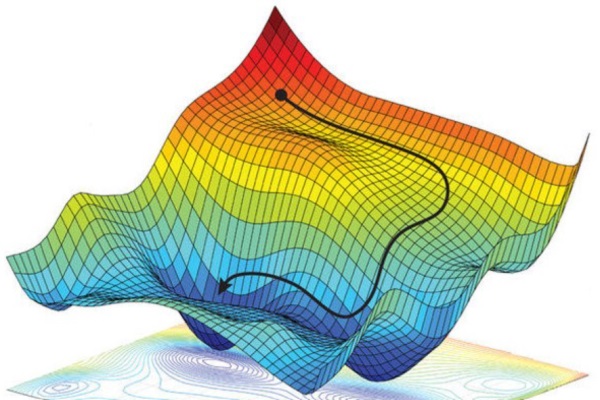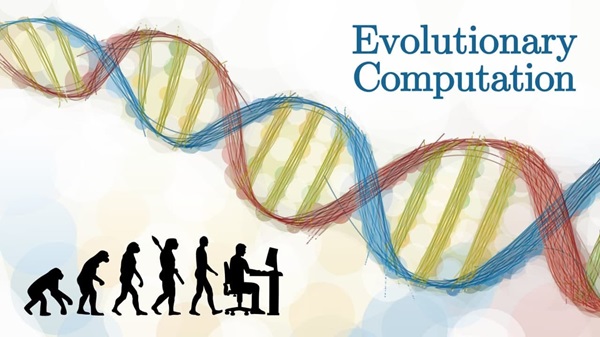-
Name (Acronym)Optimization Methods for Electromagnetic Diagnostics of Civil Infrastructures (OMCI)
-
ECTS6
-
Contact E-mail2024.LM.OMCI.UniTN.TRENTO.IT@eledia.org
-
Teacher
-
Syllabus
-
Institution
-
Study Program
-
Degree
-
LanguageEnglish
-
Tracks
ABSTRACT
The course will present the fundamentals and main challenges of inverse problems for electromagnetic diagnostics, then focusing on classical and more recent optimization procedures and methods for their resolution. While being based on rigorous theoretical content, the course is oriented towards the most relevant applications for civil engineers. To complete the didactic offer, various numerical exercises (exploiting SW programs) will follow the theoretical lessons.COURSE CONTENT
Part 1: INTRODUCTION AND FUNDAMENTALS
- Motivations (methodological, practical); electromagnetic diagnostics problems of civil infrastructure as examples of inverse problems;
- Formulation of an inverse problem and numerical solution approaches;
Part 2: INVERSION PROBLEMS: CHALLENGES AND DRAWBACKS
- Ill-posedness and non-linearity. The role of information in inverse problems;
- Ill-posedness: the need for regularization;
- Non-linearity: physical meaning, degree of non-linearity, the role of a priori information, and the amount of available information;
Part 3: SOLVING INVERSE PROBLEMS THROUGH OPTIMIZATION METHODS
- Solving inverse problems as minimization/maximization of a cost/functional function;
- Taxonomy of optimization approaches and description: single-agent and multi-agent approaches; deterministic and stochastic optimization;
Part 4: DETERMINISTIC ALGORITHMS
- Deterministic optimization: Steepest Descent Method; Conjugate-Gradient Method;
- EXERCISES: Using deterministic optimization algorithms to solve canonical inverse problems and electromagnetic diagnostics of civil infrastructure;
Part 5: STOCHASTIC ALGORITHMS
- 'Nature-inspired' stochastic optimization: competitive optimization (Genetic Algorithm, Differential Evolution); cooperative optimization (Particle Swarm Optimization, Ant Colony Optimization);
- EXERCISES: Using stochastic optimization algorithms to solve canonical inverse problems and electromagnetic diagnostics of civil infrastructure. Comparison and critical analysis of performance and solutions obtained through deterministic and stochastic optimization algorithms.


TEACHING ACTIVITIES
- Theoretical Lessons
- e-Xam Self Assessment (each teaching class or periodically)
- MATLAB Hands-On
- e-Xam Final Assessment
FURTHER READINGS
- M. Bertero and P. Boccacci, “Introduction to Inverse Problems in Imaging”. IoP Press, 1998.
- F. D. Moura Neto, A. J. da Silva Neto, “An Introduction to Inverse Problems with Applications”. Springer, 2013.
- D. J. Rader, “Deterministic Operations Research: Models and Methods in Linear Optimization”. John Wiley & Sons, 2010.
- D. Simon, “Evolutionary Optimization Algorithms”. John Wiley & Sons, 2013.
- K. Deb, “Multi-Objective Optimization Using Evolutionary Algorithms”. John Wiley & Sons, 2001.
- P. Rocca, M. Benedetti, M. Donelli, D. Franceschini, and A. Massa, “Evolutionary optimization as applied to inverse scattering problems,” Inverse Problems, Invited Topical Review Paper ‐ 25th Year Special Issue of Inverse Problems, vol. 24, pp. 1-41, 2009.
